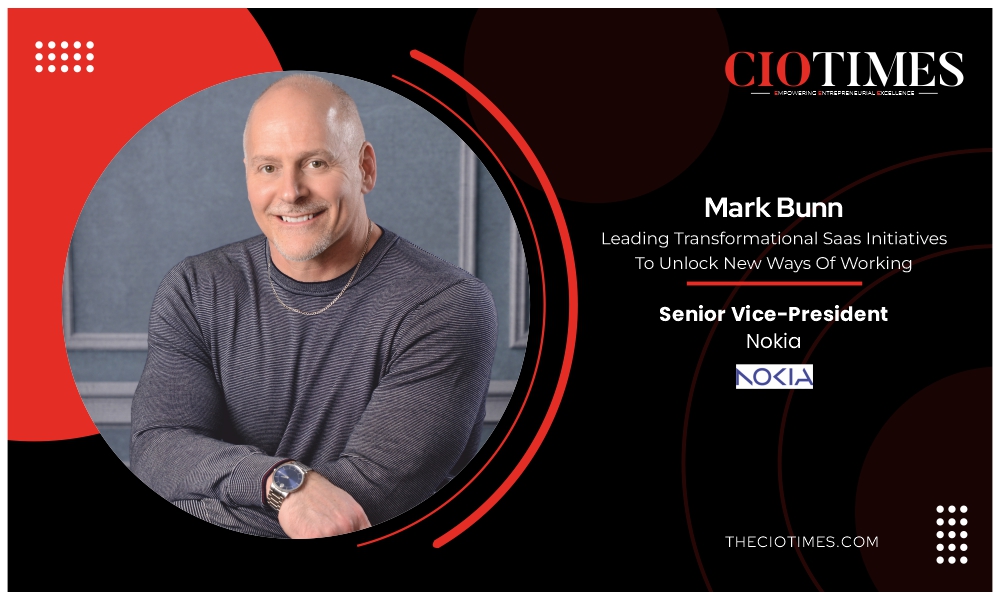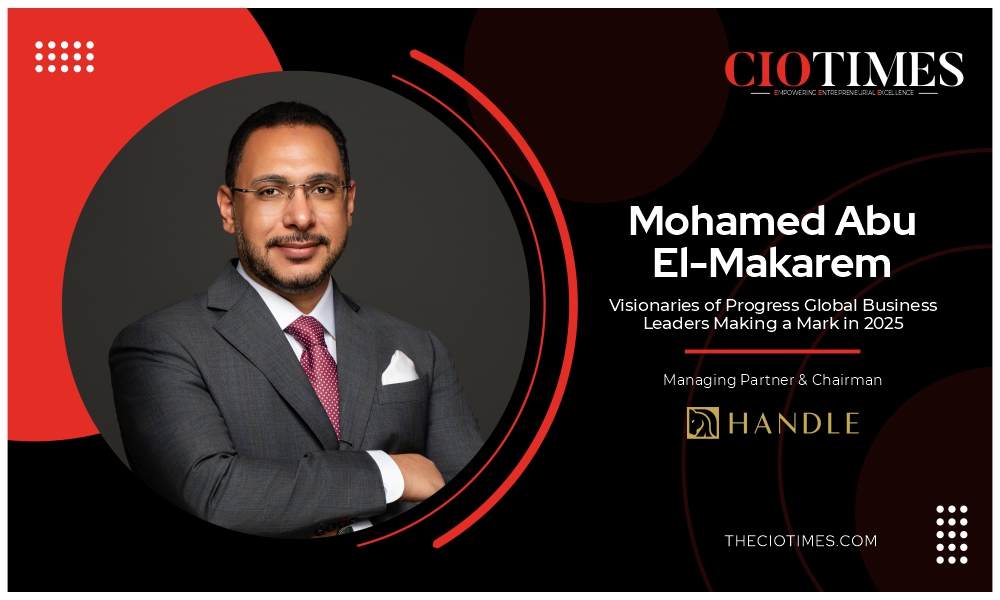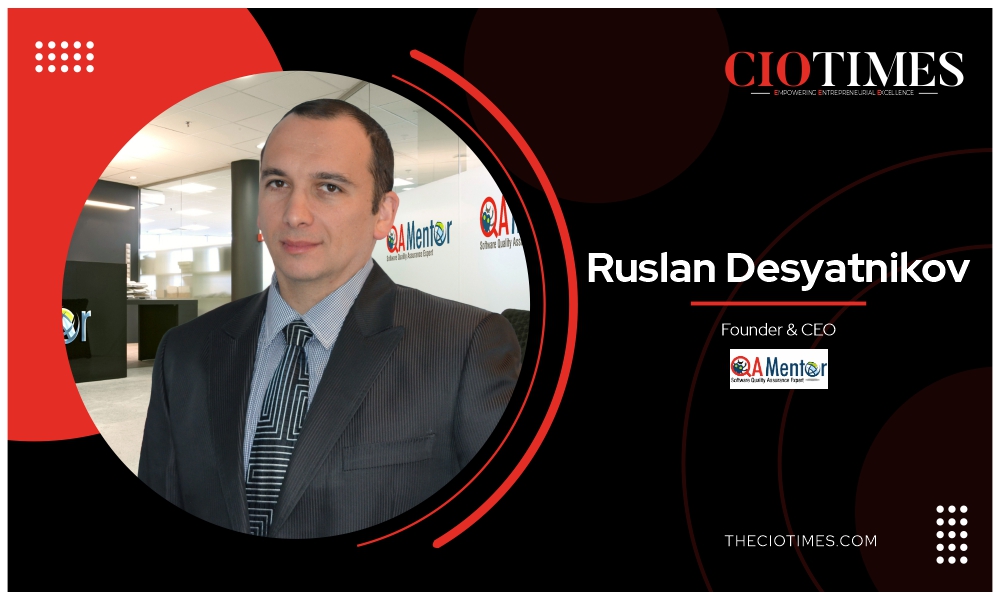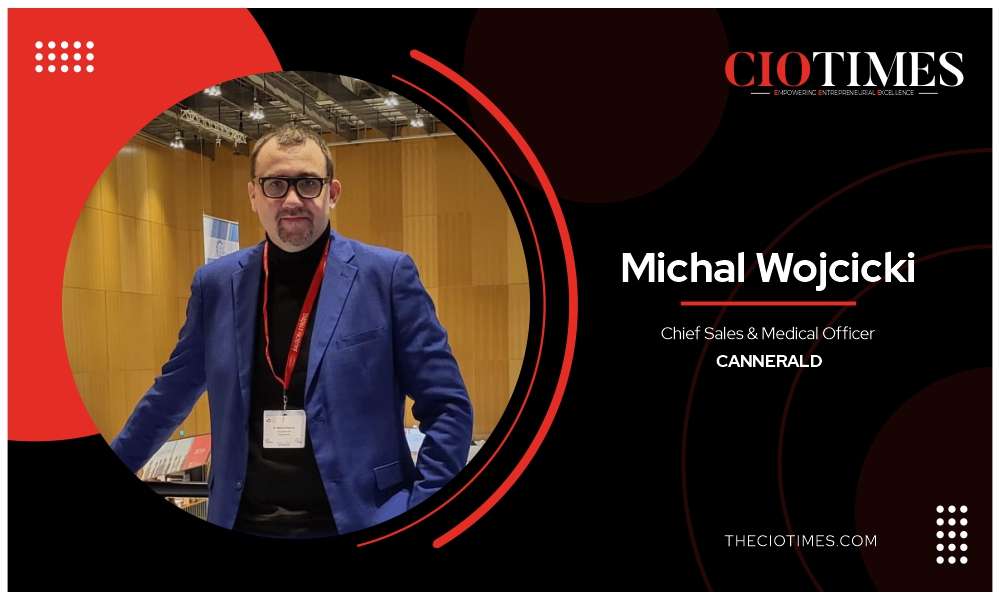For decades, the name Nokia Corporation was synonymous with mobile phones. Nokia Corporation, established in 1865, is a Finnish multinational telecommunications and information technology company. Nokia has been known to be a pioneer in the industry and a technology innovation leader in networking, bringing together the world’s people, machines, and devices to realize the potential of digital in every sector.
Nokia has had many lines of business throughout its company history since its establishment. Since stepping away from giving the world iconic mobile phones some years ago, Nokia has continued to grow as a telecommunications giant, a dominant and trusted brand. Its primary focus areas today are network connectivity and communications software.
Nokia has a software-oriented division named Cloud and Network Services (CNS), which develops technologies like private and core networking, network exposure and monetization, autonomous operations, and software as a service (SaaS). As the SVP of SaaS Business Operations, Mark Bunn drives Nokia’s CNS business unit in its transformational SaaS initiatives, leaning on his experiences in Cloud (IaaS/PaaS/SaaS), 5G, and software engineering.
Innovative Solutions
The telecom industry is changing rapidly due to new trends and challenges. To succeed, communications service providers must adapt their networks and business models to accelerate value derivation from 5G, IoT, and cloud technologies. Nokia CNS helps them achieve this goal with advanced networking technology, robust software solutions, and expert advice. Nokia’s ingenuity sets it apart, creating a differentiation factor.
For example, Nokia provides enterprise private wireless solutions that enable customers to use Nokia’s technology delivered and managed as a cloud at the customer’s site or “edge,” shares Mark. Customers use the technology for high-value industry use cases such as manufacturing, ports, mining, and more.
Nokia also delivers innovative solutions such as the” Network as Code” platform, which enables exposure to the communications network for communication service providers and development communities to develop innovative applications using APIs.
“We’re starting to deliver increasingly more of our software in models unique to the industry. For my area of responsibility, SaaS has not been prevalent in the telecom domain. Nokia has taken a leadership position in driving the SaaS change in the marketplace across multiple areas of the communications domain,” says Mark.
Mark’s Journey to Nokia
When Mark started his professional journey, his ambitions were set on the finance and banking sector. After completing his education, though, he received more options in information technology (IT), which then took off. There was no shortage at that time, and companies were waiting to take young, energetic professionals like him, train them, and offer them good IT positions due to the rising demand. The more Mark learned about computers, programming, and networking, the more fascinated he became about the inner workings, driving him to explore further. He eventually became a self-taught programmer. Gradually, as his career progressed, he moved away from hands-on programming, but he never drifted far from technology.
“So even in my role today, as the SVP, I stay very close to the technical underpinnings, how technology is used in our operations and security practices, the discipline we are following in our processes so that we create an environment in which we can be successful. Mine has been an interesting journey, blessed with many diverse opportunities, working with world-class companies and professionals. But the consistent thread is that, from the onset of my career, I’ve always been in information technology, and specifically, I’ve been in software,” he says.
Before joining Nokia in 2021, Mark worked with Oracle Corporation where he served as Vice President of Products. At Oracle, he provided leadership, alignment, and direction to a large globally distributed product team across all phases of the software development lifecycle using Agile methodologies. He was responsible for an expanding global customer portfolio of more than 200 communications and digital service providers, with a particular focus on optimizing the customer experience through the delivery of high-quality products. He also led portfolio-wide mission-critical 5G and Cloud-native Agile software initiatives.
Mark experienced Oracle’s transformation from principally a supplier of on-premises enterprise software to a cloud-based supplier of SaaS, simultaneously building their own cloud on which to host SaaS services. During this time, he led the transformation of telecom products from an on-premises model to a more contemporary SaaS model. This experience led him to the conclusion that SaaS was the next logical revolution in communications software, which laid the foundation for the role for which he is now responsible at Nokia.
Initiatives at Nokia
At Nokia, Mark’s responsibility is for the global management of Nokia’s SaaS business. SaaS is not a new concept – it’s a business and technical model that has been around for some time. However, it has been principally applicable in the IT layer, very close to customer experience. Applications like order capture, catalog management, revenue management, and ERP systems have been running as SaaS for several years. Even the telecom industry has adopted SaaS applications in the customer experience layer, although it hasn’t widely adopted SaaS for applications that sit in or close to the communications network. This is the new change that we’re seeing starting to emerge.
Mark was brought into Nokia to help drive this initiative to align with where the Nokia executives believed the industry was going. Even more than this, Mark was expected to set the pace, to establish the standard for SaaS in the telecom industry.
“In our vernacular, we refer to it as “Telecom SaaS” or “Telco SaaS”. Telecom SaaS is different from that which you would see in the traditional model because we also have to account for stringent service level agreements in order to satisfy our customer base. My entire journey has led me to this very important mission for Nokia, a mission that is vital for our industry as a whole,” says Mark.
Leading from the Front
Throughout his career, Mark’s working style has been entrepreneurial. For most of his career, he has had the opportunity to create new products, principally software products, and bring them to market. In virtually every company, he has worked with rigor and discipline that he feels are essential to building high-quality software.
The biggest challenge that he faced in his career, isn’t a particular incident or situation or project, but rather the inherent bias that every human has to remain comfortable with the status quo. “It’s a bias to continue to move in the same direction. Call it inertia, fear of change, or resistance to change, but it’s inherent in all of us, and I’m no exception. I believe this is a key challenge for companies, especially in this highly competitive environment in which we operate today because the pace of change and innovation is so rapid,” he explains.
The solution that has helped him throughout his career has been his eagerness to be a constant learner, which has enabled him to adapt to the various technology shifts through which he has been. Learning new technology, searching for new opportunities, and making strategic shifts all demand volition to learn and adjust to make the necessary change. This willingness to change, adapt, and move beyond comfort will shape the way a leader and, consequently, the team behaves and feels Mark. This type of mindset creates teams that are open to new challenges, proactively responsive to these challenges, and ultimately innovative.
Mark also shares that as a leader, he has never been a strong believer in micro-management. He is the type of leader who hires the best talent, helps them to organize, and calls them to a mission to which every team member can agree. he is meaningful and inspiring and drives excellence every working day. And then let the team run. “At the end of the day, their expertise is greater than mine. They should be the ones to make key technology decisions to drive the business forward and to improve society with the valuable solutions we bring to market,” he says.
With this said a micro-managing leadership style may have its place at times. For example, during a critical customer support scenario, a leader must lead from the front, and not distance oneself from the situation. The leader must remain close to customers, especially when the customer is experiencing trouble with your products. It’s often during those kinds of situations that a leader’s mettle is revealed, and most often the time when the team needs support and direction. But as a rule, Mark’s leadership style is more about hiring the best fit-for-purpose people in the role and then expecting them to lead the right business outcomes.
“I want the team to execute against our agreed objectives with my full support and guidance, ensuring that we achieve all that we set out to do, and do it with high integrity,” he says.
Technology At the Centre
In a career spanning three decades, Mark has seen radical shifts in innovation and in technology in the telecom domain. The reason why he thinks SaaS is so important now is because of the absolute need to improve agility of the communications industry. SaaS has already led to improved agility in the IT sector, and it can do the same for communications networking. Historically, the communications industry has been content and reasonably successful with a manufacturing-like supply chain for telecom software. The independent software vendor had the responsibility to construct and pre-test on-premises applications and then turn them over to the customer for implementation and production testing. The entire process could often take a year or more to complete, during which time the software may become outdated. This a-to-z linear process is far too slow by today’s standards. By the time that whole cycle finishes, it may be too late to really take advantage of the innovation due to the exponentially increasing pace of technological change.
SaaS, however, is different. With SaaS, a customer will subscribe to a service that is updated regularly, routinely – in some cases, daily. Customers remain on the latest software updates, which creates agility and guards against the risk of obsolescence. In other words, customers can take advantage of the latest technology when the technology is most relevant, which can help them to differentiate from their competitors.
What Mark has been observing recently in the telecom space is that the same shift that was seen years ago in IT has been making its way into and adjacent to the communications network. “We have a similar problem to what the enterprises recognized a while ago. If we continue with the same business models and pace as before, then we as an industry risk eventual irrelevance. Reducing time-to-value – the time required to create new value for consumers and businesses – is crucial for communications service providers to capitalize on the new value chains that are emerging as we move from 4G to 5G and beyond. The SaaS model is a critical element in substantially reducing time-to-value, and subsequently creating an environment where speed and agility are possible. We’re trying very hard to change the old paradigm, and we need to,” says Mark.
Fundamental to the change that Mark is leading is the fact that the communications network continues to evolve. It is no longer dominated only by hardware, but by the software that provides the inherent intelligence. The software enables the potential to deploy networks anywhere that there is a medium and within minutes/hours vs. weeks/months. This change is a paradigm shift when compared to the past. In addition, what had historically been profitable communications network services – voice for example – are now largely commoditized. Communications service providers need to create new lines of business, moving on to more contemporary and innovative services. The risk continues to be that many enterprises will leverage communications networks to deliver their own applications, all at the cost of the communications service provider without mutual financial benefit. This dynamic emerged during the 4G era but now must change. The communications service providers must benefit in a way that is commensurate with the substantial investments they are making in 5G networks. SaaS-based solutions from Nokia, such as the previously mentioned “Network as Code”, provide at least part of the answer. ” We are starting to see the demand for networks to open so that communication service providers can deliver their own unique applications on top of these networks,” says Mark. As these evolving networks open, SaaS provides complementary value by accelerating the overall delivery velocity. “The combination of Network as Code and SaaS will greatly help our customers to experiment and ultimately create more successful lines of business, innovations to secure our future,” Mark says.
The Bigger Picture
Mark believes that it is the team that needs to be successful, and not just the individual.
Though he has collected recognitions in his career, he feels that recognitions are simply a side-effect of building the right teams and relationships. The relationships we build with people around us, teams, colleagues, and the industry, are what matters.
For example, Mark says, “The TM Forum (TMF) runs a regular program that allows companies to come together and synergize on solutions using their own products. TMF calls these initiatives ‘catalysts. I’ve been part of several catalysts, some of which received awards. While I’m proud of the products with which I have been associated in my career, I’m prouder of the fact that teams collaborated to build these products and that these teams were able to work across company boundaries in catalyst events to develop comprehensive solutions that demonstrate industry leadership. It’s great to see how we can pull together in relatively short timeframes to build solutions to real-world problems. It’s also awesome to experience the camaraderie that results, that spans companies.”
To summarize, Nokia has pioneered the incorporation of the SaaS model into its portfolio, a trend that is now being embraced by its competitors. “I am pleased to be a part of a progressive company whose strategy is to lead the market rather than follow it,” says Mark. He continues, “We are moving into a very exciting future in communications technology, a future that Nokia intends to steer.”





